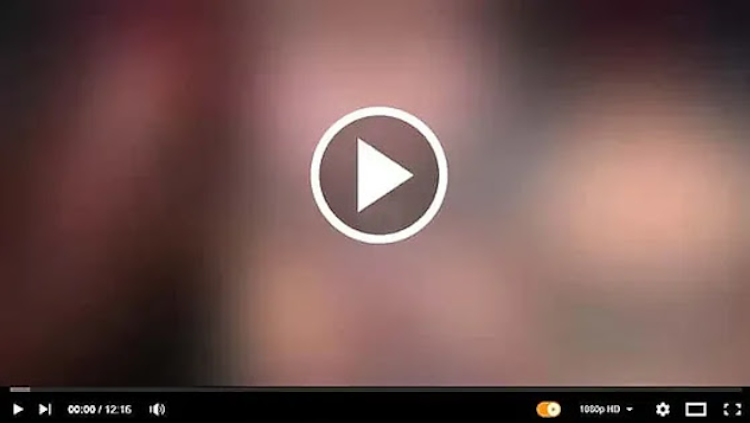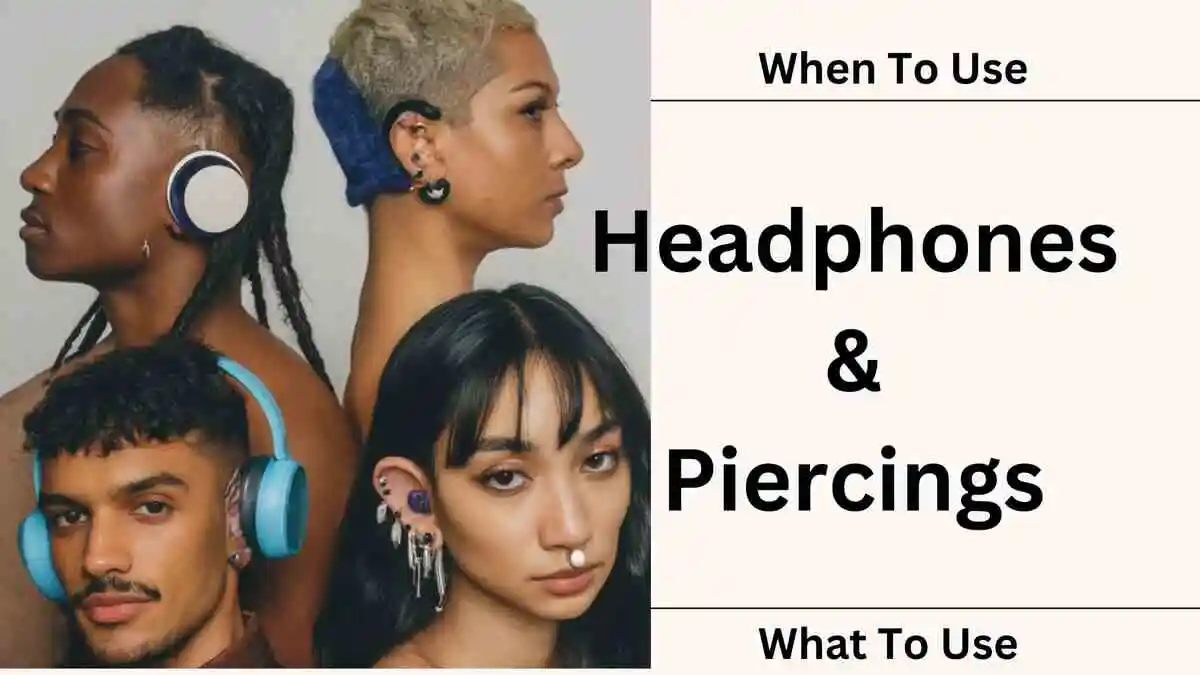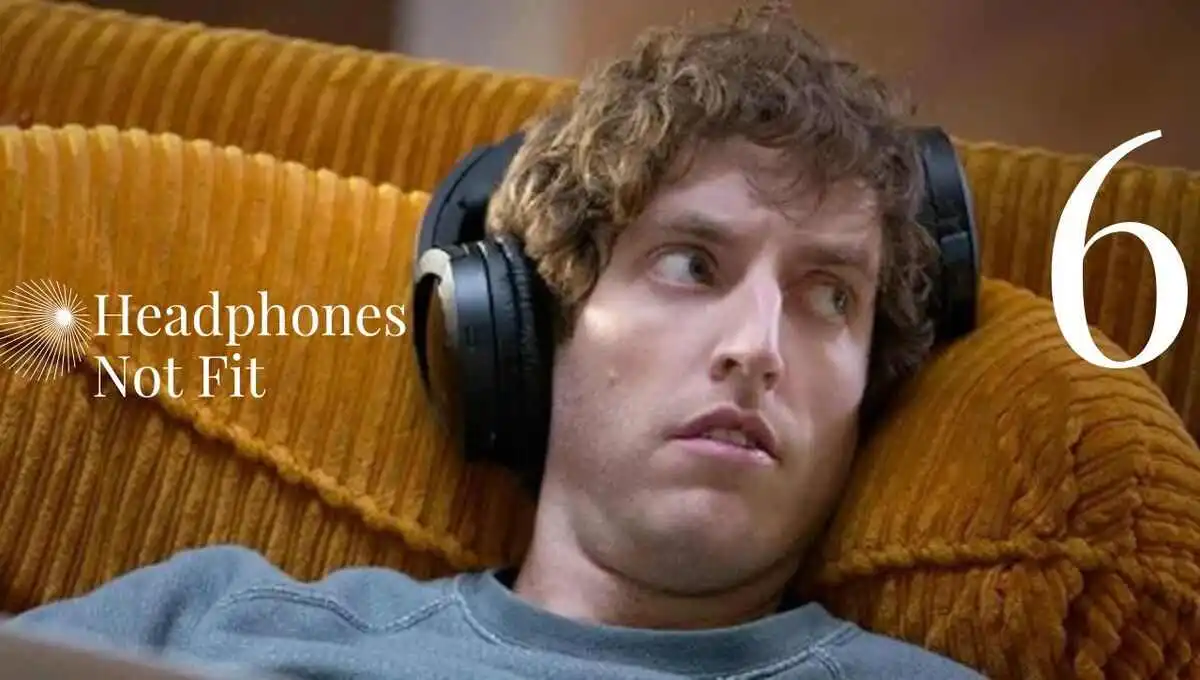The Viral Leak Video Trend: A Cultural Phenomenon in the Digital Age
The Rise of Leak Culture

The proliferation of smartphones and ubiquitous internet access has transformed almost everyone into a potential documentarian. With a few taps, a video can be recorded and instantly uploaded to platforms such as TikTok, Twitter (now X), Instagram, and YouTube. This accessibility, combined with an insatiable demand for raw, unfiltered content, fuels the leak video trend.
Leak videos often provide a rare or exclusive look at something the public isn’t “supposed” to see—private moments of celebrities, early product releases, unguarded political commentary, or whistleblowing exposés. The element of secrecy and the perceived breach of control imbue these videos with an allure that traditional media often lacks.
In many cases, leaked videos generate more attention than officially released content. Consider the infamous leak of Beyoncé’s elevator altercation in 2014 or the release of internal corporate meetings that reveal controversial policies or behaviors. These moments spark widespread discussion, fan theories, and media frenzy, often reshaping public perception and influencing broader cultural narratives.
The Mechanics of Virality
The viral nature of these videos depends largely on two factors: content shock value and rapid social sharing. Content that evokes strong emotions—be it outrage, amusement, or empathy—tends to be shared more widely. Leak videos often check this box because they feature unpolished, real-world drama or previously concealed truths.
Algorithms on social media platforms further amplify virality. Once a video gains traction, platforms push it to wider audiences, creating a feedback loop of engagement. Influencers, journalists, and commentators jump on these leaks to generate content, adding layers of analysis and speculation that extend their lifespan.
Hashtags and trends boost discoverability, and before long, the original source of the leak may be lost amid reposts, memes, and reaction videos. This rapid dissemination can turn a single moment into a global spectacle in hours.
Ethical and Legal Implications
The viral leak video trend is not without serious consequences. One of the most pressing concerns is the violation of privacy. Many leaked videos are recorded without consent, and their distribution often disregards the rights and dignity of the individuals involved. Victims of leaked videos—whether celebrities or ordinary people—can face harassment, career setbacks, and psychological trauma.
In cases involving sensitive or personal footage, the damage can be irreparable. For example, leaked explicit videos have led to widespread shaming, mental health struggles, and even suicides. Despite growing awareness around digital consent and privacy, legal frameworks still lag behind the rapid pace of technology.
From a legal standpoint, distributing leak videos may constitute copyright infringement, defamation, or even criminal behavior, depending on the content and jurisdiction. Yet enforcement is difficult. The decentralized nature of the internet and the global spread of digital platforms make it challenging to trace sources or hold individuals accountable. Moreover, many platforms are reluctant to remove viral content that drives traffic and engagement.
Journalism, Whistleblowing, or Exploitation?
Not all leak videos are created equal. Some serve a public good by exposing corruption, injustice, or dangerous practices. In these cases, leaks function as a form of whistleblowing—a digital-era extension of investigative journalism. For instance, video leaks revealing police misconduct or inhumane conditions in detention centers have sparked real-world protests and policy changes.
However, distinguishing between responsible leaking and exploitative content can be difficult. The line between exposing truth and chasing clout is often blurred. The same platforms that enable civic awareness can also reward sensationalism, misinformation, and voyeurism. When leaks are shared without context or verification, they can lead to misunderstanding and manipulation of public opinion.
Cultural Impact and the Erosion of Boundaries
Leak videos have also contributed to the erosion of traditional boundaries between public and private life. In the past, celebrities and public figures maintained curated personas through controlled media appearances. Today, a single leaked moment can shatter that image, offering a glimpse of the unfiltered reality—sometimes humanizing, sometimes damning.
This shift reflects a broader cultural craving for authenticity. Audiences are increasingly skeptical of polished PR and drawn to what feels “real,” even if it’s messy or controversial. Leak videos, in their rawness, feed this appetite. They also reinforce a culture of surveillance where everything is potentially recordable, shareable, and consumable.
The phenomenon extends beyond celebrities and politics. Leaks of unreleased movies, video games, or music tracks can disrupt industries, spoil narratives, or create buzz. In some cases, companies have leaned into this trend by orchestrating “leaks” as marketing stunts—a testament to how normalized and monetized the concept has become.
The Role of Digital Literacy
In this landscape, digital literacy becomes crucial. Consumers must learn to question the source, intent, and authenticity of leaked content. Not every viral video reflects the truth; some are edited or taken out of context to mislead. Encouraging critical thinking, media literacy education, and responsible sharing habits can mitigate some of the negative effects of this trend.
Platforms, too, have a role to play. Stronger moderation tools, transparent policies on consent-based content, and collaborations with fact-checkers can help curb the harmful side of leaks. Yet such measures must balance free speech and public interest with ethical responsibility—a complex and ongoing challenge.
Conclusion
Viral leak videos represent both the power and peril of our digital era. They expose truths, disrupt narratives, and democratize information. Yet they also risk violating privacy, spreading misinformation, and fueling a culture of exploitation. As the lines between personal and public, truth and performance, continue to blur, society must grapple with the responsibilities that come with this unprecedented access to content.
The leak video trend is unlikely to fade anytime soon. But by fostering a more conscious and informed digital culture, we can begin to navigate its complexities more ethically—and more thoughtfully.



